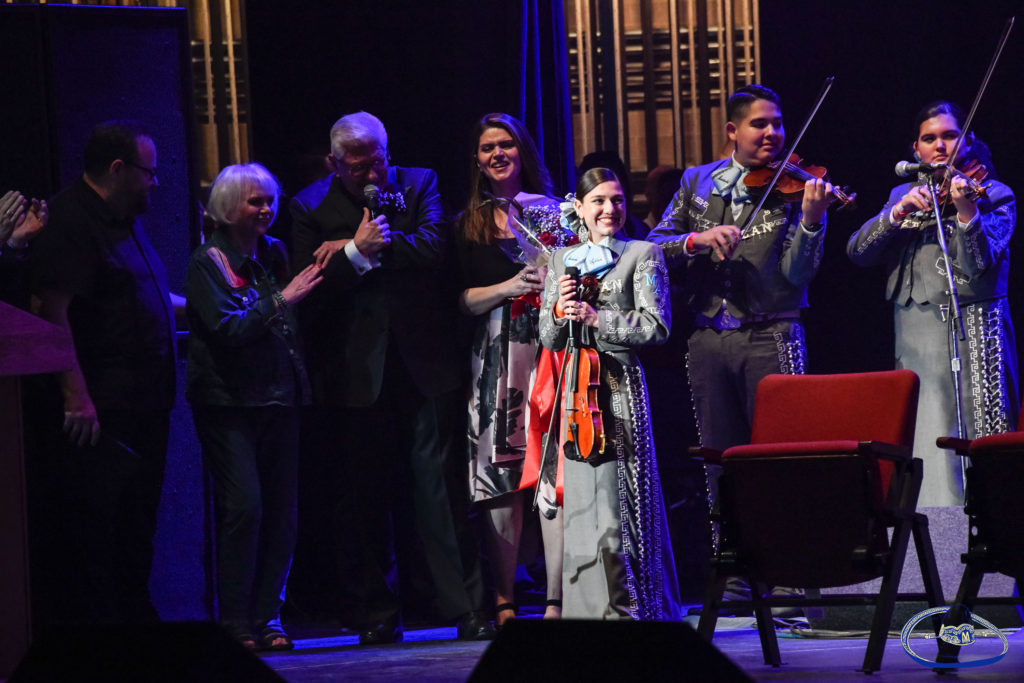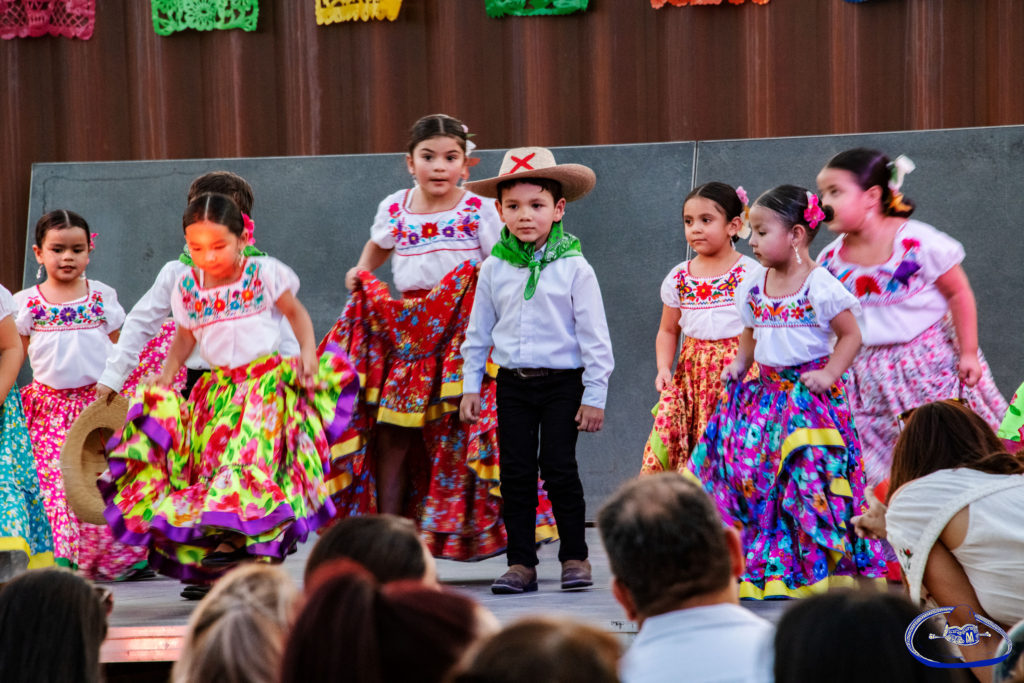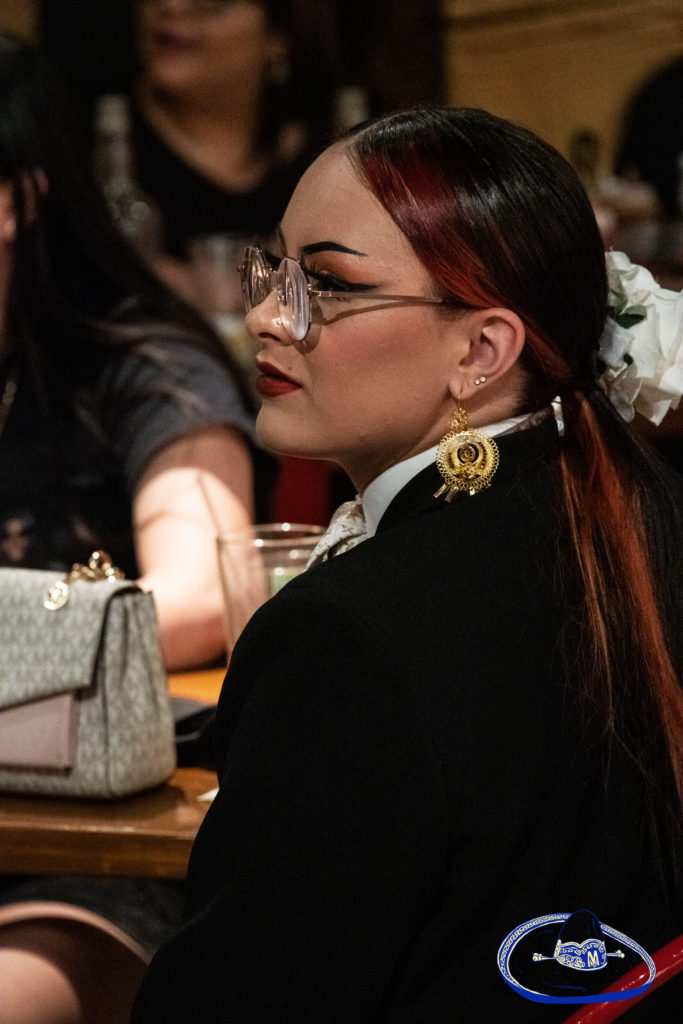It feels like the golden age of mariachis and folklórico dance companies in Tucson.
After three decades of curriculum-based mariachi programs in the schools we are graduating mariachi hotshots left and right. Those who stick around are finding opportunities in world-class groups, and those that move on to other cities find themselves being snapped up into the ranks of the best mariachi groups in America.

The folklórico dance side of the equation is catching up with numerous top-flight programs popping up in our schools led by some of the finest dancers and teachers yet. Just recently Jimena Baca of Ballet Folklórico Tapatio was signed to teach folklórico at Pueblo High School. Her husband Jose Luis Baca, director of Ballet Folklórico Tapatio, has long been in charge of Sunnyside High School’s folklórico program. And Chantal Danay Ralls is turning out young middle school folklórico dancers from Roskruge who are punching far above their weight, while Bruno Loya has been taking the venerable Tucson High and Viva Dance programs to new heights. And like the mariachis, we are exporting top grade folklórico instructors to schools around the country.
At just the restaurant level in Tucson you’ll probably noticed that the always-strong players keep getting steadily better. These working mariachis are a different breed from the show mariachis but with true superpowers. To call their repertoire vast is an understatement. Just about anything they’ve ever heard once they can cover respectably, and the chestnuts of the repertoire find in them the supreme interpreters who have felt the agony and ecstasy of those mariachi staple lyrics and poured their souls in tens of thousands of times.
At our churches, no significant funeral, quinceañera, baptism, or wedding lacks the potent punch of the mariachi sound. It is the soundtrack of life and the heartbeat of our city.
The show mariachi scene around the city is at a new peak with the addition of Mariachi Pueblo Viejo, Mariachi Nuevo Azteca and the venerable Mariachi Sonido de Mexico all in world-class form. In addition a smaller all-female ensemble called Las Azaleas has picked up the cause of championing the work female mariachi composers and performers and taken that pursuit to a new level.
Davis Bilingual Elementary School continues its ground-breaking mariachi and folklórico foundations, now joined by other elementary and middle schools in Tucson Unified School District and the Sunnyside School system, and the summer mariachi camps are back as well.

As the Tucson International Mariachi Conference’s Participant Showcase Concert showed, our school programs have been set back surprisingly little by two years of Covid sidelining, and if anything students are rededicating themselves spectacularly. Tucson High, Pueblo, Roskruge, Sunnyside and many others took their moment in the spotlight to really shine.
Mariachi scholarship programs are opening doors to the future across the city, sending young players and dancers across the country to pursue their dreams.
At the University of Arizona it’s a mixed story. There still is not the commitment to turn its mariachi program into a world-class affair, nor is there a drive to fill the national need for accredited mariachi teachers with a music teaching program with a mariachi perspective. And if there is any semblance of a folklórico dance program at UA I have yet to hear of it. For UA to be in a city with this level of mariachi commitment and firepower and not pull the trigger on tapping into those resources is patently ridiculous.
At Pima Community College, however, Don Fuentes is restarting the mariachi program that has been dormant for close to 20 years. Likewise it should have a matching folklórico presence, especially since it was the recruitment of Angel Hernandez to start Pima’s folklórico program that lit a fire under dancers throughout our city and has led to the world-class groups we now have.
There is significant history in all of this. In two years Mariachi Los Changuitos Feos – Tucson’s first youth mariachi and likely the first in America – turns 60s years old, having churned out generations of talent and awarded university scholarships that have transformed the economic landscape of our city. Ballet Folklórico La Paloma is about to celebrate its 40th anniversary, while Julie Gallego’s Ballet Folklórico San Juan and Viva Dancers marked 35 years together with a sold out show at the Fox. Mariachi Sonido de Mexico celebrated its 25th anniversary at that show and other venues around the city. Ballet Folklórico Tapatio marked 25 years with a recent Menlo Park performance. And there are many more groups that I haven’t mentioned who have been in this game for many decades. And while I don’t know how many years Mariachi Tapatio has been around I’d wager it is among the longest continually active in our city.
In addition the Tucson International Mariachi Conference just marked its 40th year with a return to downtown and the dedication of the Tucson Convention Center Music Hall for Tucson-born singer Linda Ronstadt, who herself has catapulted the American mariachi movement with her recordings. During its 40 years it basically gave Linda Ronstadt that opportunity to find and express her true cultural roots, trained some of the greatest young musicians in the city and put them on the path to becoming teachers, musicians and much more, helped the Tucson audience acquire a critical ear that helps them discern good from great and contributed mightily to Tucson’s economy, directly and indirectly.
At nearly every gathering for a cause, be it political, educational, cultural or otherwise, mariachis turn out to bring the people together. Moreover it instills in young players a sense of community and purpose without match.

Mariachi Aztlán de Pueblo High School will be adding another adventure to its roster next year. It has been invited to participate in Independence Day festivities in Washington, D.C. in 2023.
Our former youth mariachis have used their brains, the skills they acquired in these programs and the scholarships they obtained for participating to become doctors and lawyers, educators, politicians and administrators, scientists and engineers, entrepreneurs of every stripe and valued community leaders. And their families have been swept up in the experience, turning the skills they garnered supporting their kids into leadership roles throughout the community. It is not surprising that our first Latina mayor – Regina Romero – is a mariachi mom.
It is a great time to be a mariachi and folklórico dance fan in Tucson!

